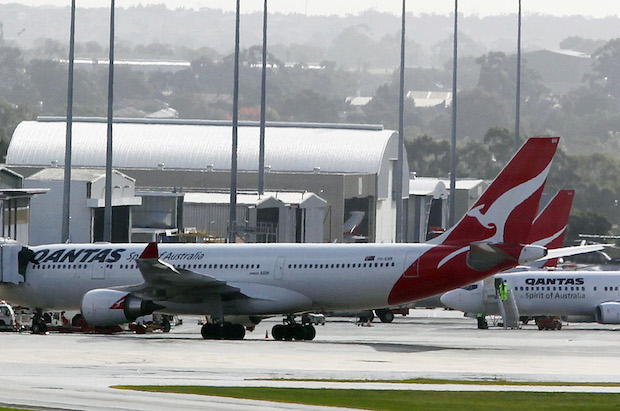A few weeks ago I flew to Sydney to speak at a conference. The first leg was on the new Qantas route non-stop from London to Perth, the UK’s longest flight. Two million people live in Perth, of whom 250,000 were born in the UK, so the route makes sense. But I was dreading the length of the flight.
Granted, I wasn’t travelling at the back of the plane, but I was surprised to find the 16-hour flight little worse than an eight- or ten-hour one. For one, there is the unexpected bonus that you can fall asleep whenever you like. On shorter flights, if you miss a narrow window-of-nod an hour or so after take-off, you are doomed to get too little sleep; here you could flip between sleeping, watching films and reading at your whim.
But the real difference is the airliner. The Boeing 787 Dreamliner is to comfort what the Concorde was to speed. Its composite fuselage allows for higher pressurisation and humidity (and larger windows) than on other planes. Cabin air quality seems noticeably better, too, as does the lighting. Even after 16 hours, you step off a 787 without that grimy post-flight sensation where you feel an overwhelming urge to take a hot shower and burn all your clothes.
But the 787 is important in another way. It represents a bet by Boeing on a future of long-haul travel that is less hubby and spokey, where people can fly direct from A to C without changing planes at B. On the other side of that bet is Airbus with the giant A380; its creators bet on a future in which passengers would have to change planes, transiting from smaller aircraft to huge ones in the interests of greater scale and efficiency.
The good news for fans of better not bigger is that Boeing’s vision seems to be winning. Here in Britain, the 787 has made possible new direct flights not only to Perth but to Nashville, Austin, San Jose, New Orleans, Santiago, Chennai and Hyderabad, plus a rash of new seasonal charters, such as Manchester to Langkawi. Emirates aside, airlines use the A380 only on pre-existing routes.
This is a useful reminder that bigger doesn’t always mean better. One way of looking at the world is as a conflict between scale and variety. Scale generally delivers more efficiency; variety offers more freedom of choice, more competition and better scope for innovation.
By concentrating economic activity into fewer, larger hubs, globalisation has inarguably made the world more efficient. What is harder to assess is the hidden price we pay for efficiency gains through loss of variety. To give one example, the US beer industry 20 years ago was by some margin the most efficient in the world, with the four brewers who controlled 94 per cent of the market enjoying massive scale-gains in production and distribution. The only problem was that 94 per cent of American beer was also consistently dreadful. I finally lost all faith in economics when I read a paper by an American economist castigating the German brewing industry for its inefficiency.
In any case, the world is mostly getting richer. At the risk of stating the obvious, richer people generally favour a wider choice of higher-priced, better quality products for which they will pay a bit more. Businesses, however, spend most of their time fixated on producing larger quantities of homogeneous products as cheaply as possible.
Even with the Boeing 787, the accountants could claim a small victory. Boeing designed it to have a bum-friendly 2-4-2 seating configuration in economy class. Every single airline so far has made them squeeze in an extra seat in every row in a family-unfriendly 3-3-3 arrangement.







Comments